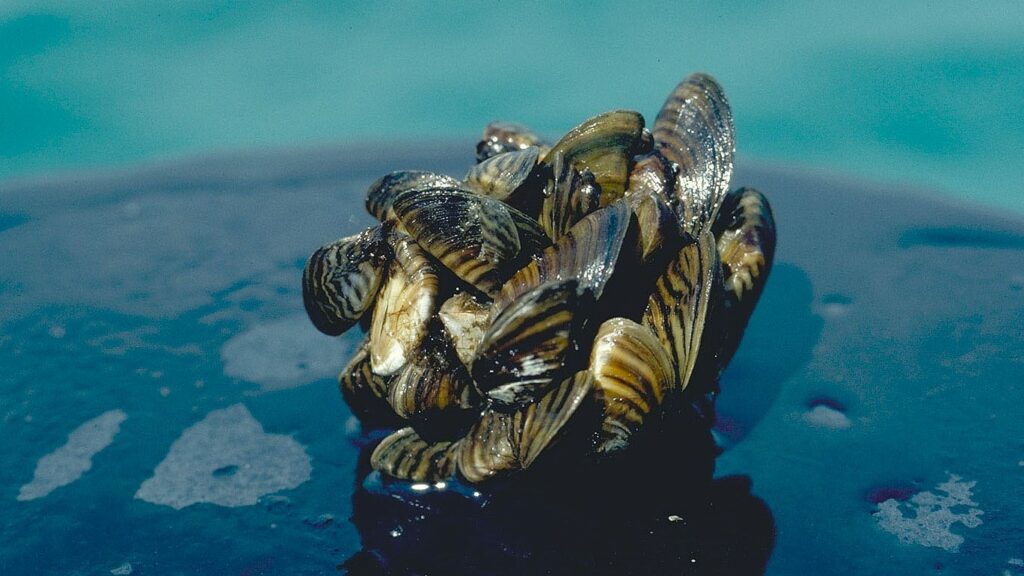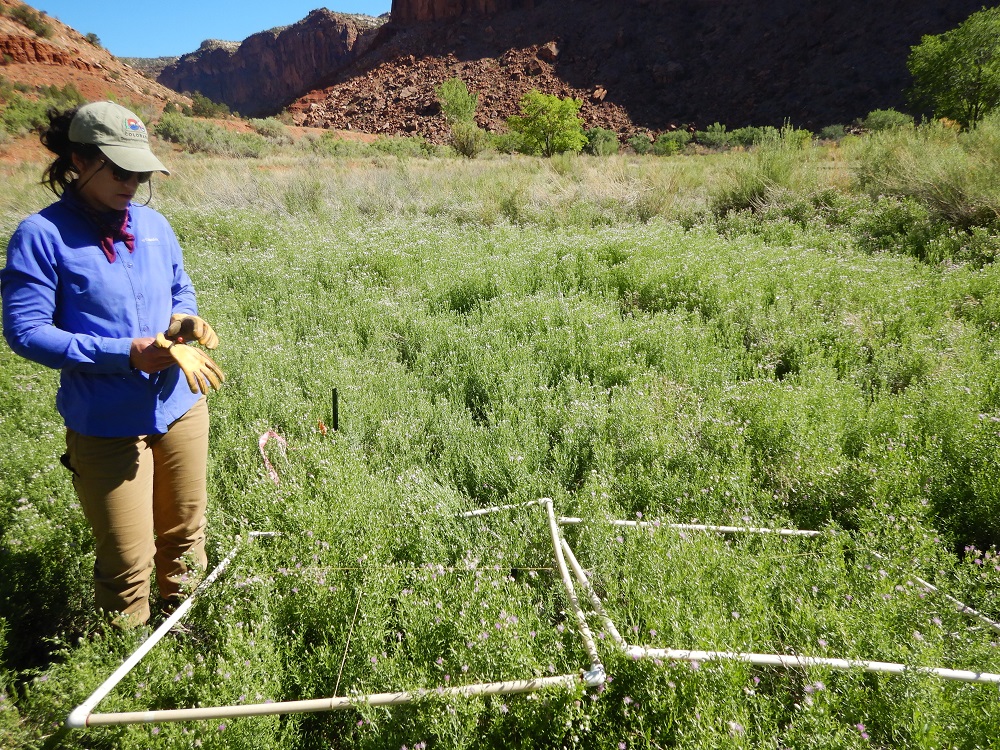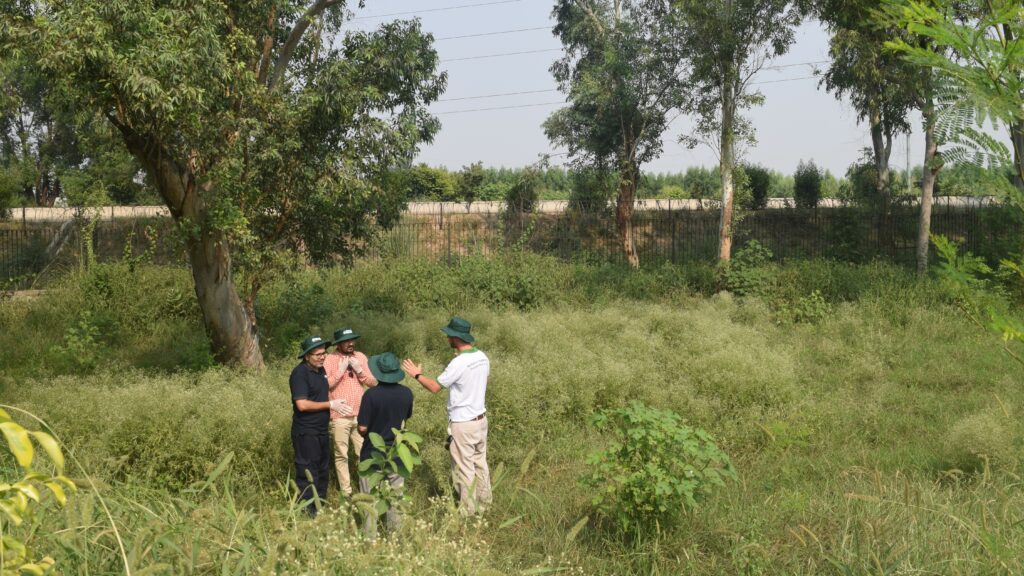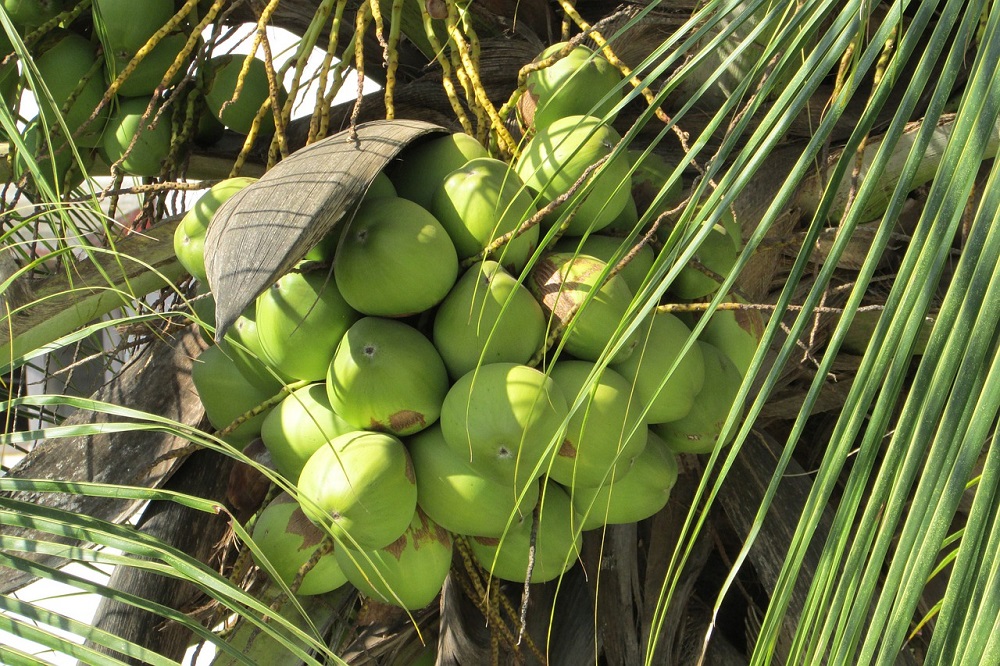Invasives most read blogs 2022
As 2022 draws to a close, we have crunched the numbers and pulled together the most read blogs on the Invasives Blog this year. Plus some firm favourites. Invasive species like golden apple snail, fall armyworm, and Tuta absoluta proved to be popular topics for our readers this year. CABI’s work in biological control around the world also grabbed…
Mass rearing tiny wasps to control the brown marmorated stink bug pest
The brown marmorated stink bug, Halyomorpha halys Stål (Hemiptera: Pentatomidae), is a real agricultural pest. It’s native to East Asia and has invaded the United States, Canada, Europe, and Chile. When it comes to agriculture, it causes significant damage to many economically important crops. This damage happens in both its native and invaded ranges. One…
The life cycle of the invasive apple snail
The Life cycle of the invasive apple snail and its ability to grow and reproduce quickly makes it an incredibly successful invasive species. Invasive apple snail, Pomacea canaliculate, is widely considered one of the most invasive invertebrates of waterways and irrigation systems. The snails are able to spread through irrigation canals, natural water distribution pathways,…










